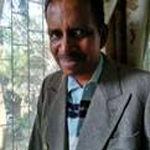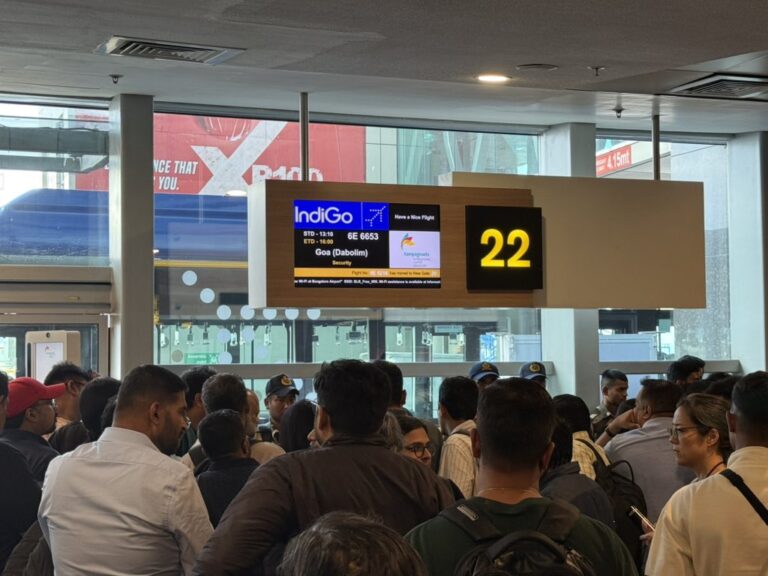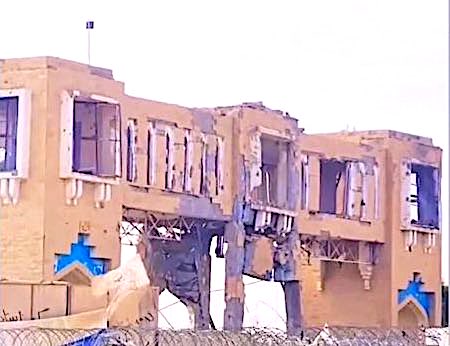
Sunday Snippets
 By Venkatesh Raghavan
By Venkatesh Raghavan
Many times as I pace down the streets and by-lanes of Bhendi Bazaar in Bombay (Mumbai), I am reminded of the first encounter I had with a quality informer who helped both the Intelligence Bureau (IB) officers and also the press reporters who were in regular touch with him. This was the man who had gone out of his way to protect the few Hindu shops in the Nul Bazaar locality during the peak of the 1992-93 post-Babri demolition riots in Bombay.
As I am duty-bound to protect his identity, (though he has passed away long since) I will refer to him by the alias name Zeeshan. I and Zeeshan were in regular touch and he was running a business related to scents (attars) that catered to the ambient Muslim community and also visitors from afar off. He was my source of information for many drugs (narcotics) related stories and also had a good command over the local informer network. It was just a day or two before Id celebrations in the late nineties. Zeeshan alerted me that there was a possibility of rioting between the two Sunni Muslim sects, namely Deobandi and Barelvi.
The Deobandis are actually a part of Wahabism that is practised in Salafist Islam that contends that their Prophet was a mere human and his name cannot be evoked to intercede with Allah. In other words, their contention was people should directly pray to Allah. The Barelvis on the other hand believed that they could invoke the name of their Prophet to intercede with God when in prayers.
Zeeshan informed me that the two Sunni sects are likely to have a tiff over the day of citing the moon (called Eid ka Chand). Subsequently, the Deobandi sect had claimed to have cited the crescent moon a day earlier than the Barelvis. Tensions were running high in this sensitive area. Zeeshan roped me in for the media report related to the near rioting situation and in addition, alerted the Intelligence Bureau officers to ensure adequate preventive security arrangements.
Subsequently, I and Zeeshan had a long chat about the informer network in South Bombay. He disclosed to me that there were nearly 35,000 police and IB informers between Byculla and the stretch leading to the Southern tip of the city, namely Colaba. He further said many of these locals had no options other than work as police informers for the sake of their survival. I queried whether these informers can be rehabilitated by employing them gainfully after imparting them with skills. Sadly, Zeeshan replied that it was not possible. “It will disturb our social structure and the policemen will not like it a bit. You can consider this as one of the necessary social evils our community is forced to put up with.”
Years later, when I was still at the Free Press Journal (mobiles were still not commonly in use), I received a late-night call from Zeeshan at our Nariman Point office. Reports of sporadic violence and disturbances in the area amounting to clashes between the security people and protestors poured in from his end. The Free Press Journal carried the story on the front page the next day. Interestingly, The Times of India was the only other paper that carried this news. Our news editor Paul quizzed me, “Only two papers have carried this story. Can you vouch for its veracity?” I shot back, “South Bombay is familiar to me as well as the back of my hand. Any development there can hardly escape my notice.”
I thanked Zeeshan for his timely update and we kept in touch till much later after I had joined The Asian Age as a Special Correspondent.





